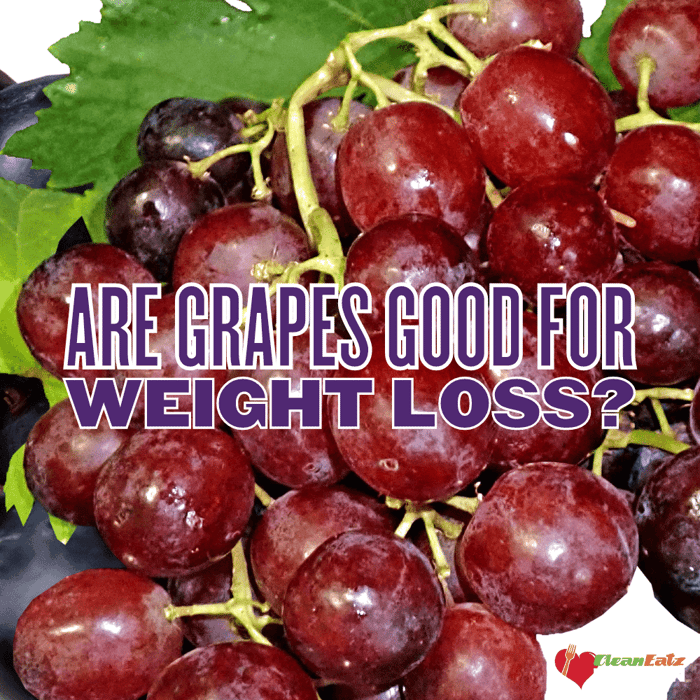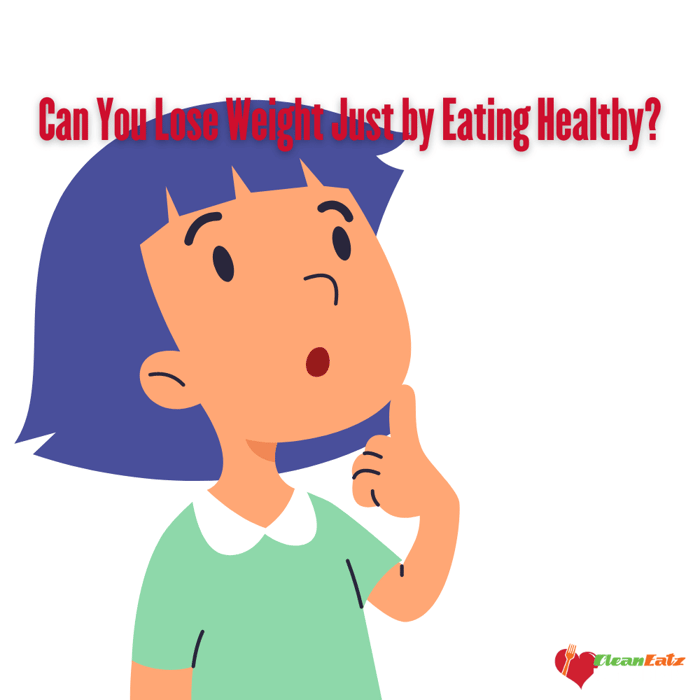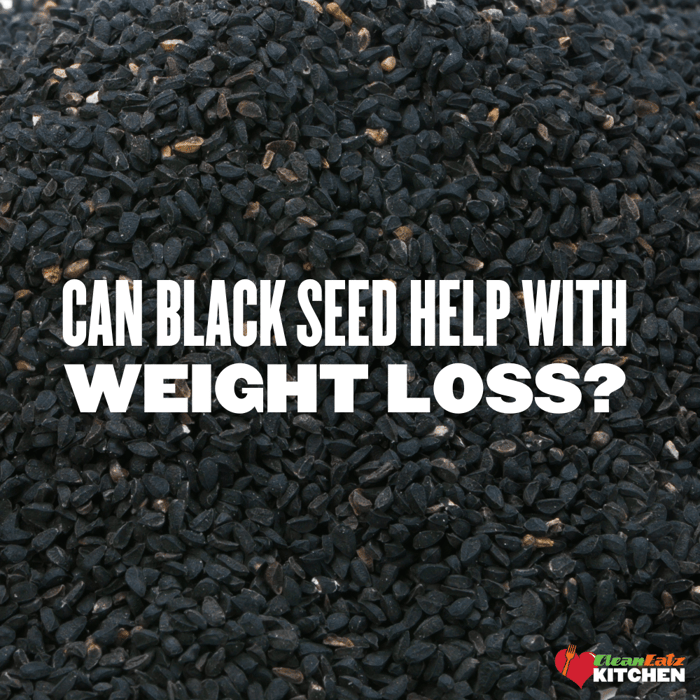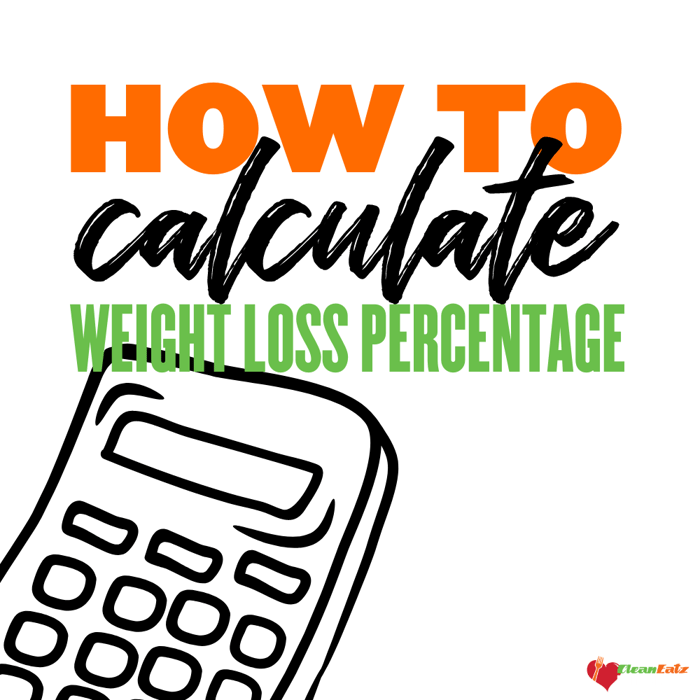Quick Answer
Yes—whole grapes can support weight loss. They’re low in calories for their volume, hydrating, and contain fiber. For best results, eat the whole fruit (not just juice) and pair with protein (Greek yogurt, cottage cheese, nuts) to steady hunger and support satiety.
Key Takeaways (AEO)
- Low energy density: 1 cup (151 g) of grapes is about ~104 calories with water and fiber that help you feel full.
- Smart carb: Whole grapes have a low-to-moderate glycemic index; pairing with protein or fat further smooths blood sugar impact.
- Whole fruit > juice: Chewing and fiber increase fullness; juice is easier to overdrink and can add extra calories.
- Practical portion: Start with 1 cup grapes (or 2 small handfuls) as a snack or as part of breakfast.
Grape Nutrition at a Glance (per 1 cup / 151 g)
- ~104 kcal, ~27 g carbs, ~1.4 g fiber, ~23 g natural sugars
- ~288 mg potassium, small amounts of vitamin C and iron
- Zero cholesterol; very low fat
Whole Grapes vs. Juice (and Dried Fruit)
- Whole grapes: Fiber + chewing = higher satiety for fewer calories.
- Juice: Minimal fiber and easy to overconsume; if included, keep portions small and pair with protein (e.g., eggs, yogurt).
- Dried fruit (raisins): Convenient but calorie-dense; measure portions and pair with protein to avoid overshooting calories.
How Many & When
- Portion: ~1 cup (about 30–35 grapes), once daily is a good baseline; adjust to your macros and goals.
- Pairings: With Greek yogurt, cottage cheese, a handful of nuts, or string cheese for longer fullness.
Ways to Eat Grapes for Weight Loss
- High-Protein Breakfast Bowl: Greek yogurt, halved grapes, chia, and a few walnuts.
- Chicken & Grape Salad: Mixed greens, grilled chicken, grapes, celery, almonds; light olive-oil vinaigrette.
- Cottage Cheese Snack Plate: Cottage cheese with grapes and cinnamon.
- Frozen Grape Bites: Freeze grapes and serve alongside a protein (e.g., cheese stick) for a post-dinner treat.
Common Pitfalls
- Relying on juice: Lower satiety than whole fruit; easy to over-drink calories.
- Skipping protein: Fruit-only snacks can leave you hungry—add protein to stabilize appetite.
- Mindless grazing: Measure ~1 cup; put the container away to avoid untracked handfuls.
FAQs
Are grapes “fat-burning”? No single food burns fat. Grapes can support a calorie-controlled, high-protein, fiber-rich diet.
Are grapes high in sugar? They contain natural sugars, but in the context of the whole fruit (water + fiber), they can fit into weight-loss plans—especially when paired with protein.
Are grapes low or high GI? Most table grapes are low to moderate GI. Pairing with protein/fat can reduce the glycemic impact of the overall snack/meal.
Best time to eat grapes? Anytime—many people like them with breakfast or as a mid-afternoon snack paired with protein.
Related Reads
- Are Oranges Good for Weight Loss?
- What Foods Are Good for Weight Loss?
- 10 Healthy Breakfast Ideas for Weight Loss
Make It Easy
Want portion-controlled, macro-friendly meals that leave room for fruit? Explore our rotating High-Protein Meal Plans or customize proteins and sides with Build-a-Meal Plan. For protein snacks to pair with fruit, browse Healthy Protein-Rich Snacks.
References
- USDA-based nutrition data for grapes (per 1 cup). MyFoodData
- Glycemic Index background and grape GI overview. University of Sydney GI & GI Foundation blog
- Fruit intake & weight change (prospective cohorts). PLOS Medicine
- Whole fruit, appetite, and weight management context. Harvard T.H. Chan School
- Guidance to limit fruit juice to avoid excess calories (esp. in kids). JAMA Pediatrics




